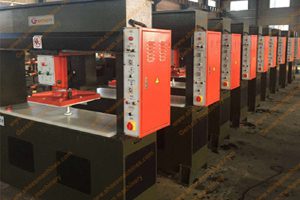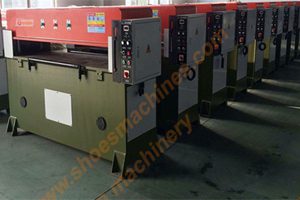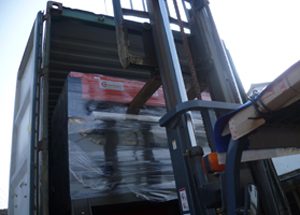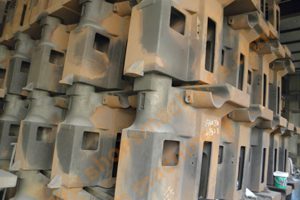At different stages, Chinese companies are not in the same competitive environment, market environment and economic environment. In the early years, when Chinese companies were unable to control the pricing power of their products at the time of export, they were constantly pressed down on the international market, and orders were not taken, and they were in a dilemma. If you have not mastered the pricing power, the story of “Shirt for Aircraft” will continue to be staged.
The development of reform and opening up for forty years is a history of the development of a Chinese brand.
At different stages, Chinese companies are not in the same competitive environment, market environment and economic environment. In the early years, when Chinese companies were unable to control the pricing power of their products at the time of export, they were constantly pressed down on the international market, and orders were not taken, and they were in a dilemma. If you have not mastered the pricing power, the story of “Shirt for Aircraft” will continue to be staged.
In the long history of forty years, many industries in China have experienced everything from OEM (OEM) to ODM (independent design) to OBM (independent brand). Today, China’s manufacturing industry is another situation: more and more manufacturers are continually improving their production efficiency, and are willing to spend more time on product innovation and building their own brands.
According to the industry, this change has not only contributed to China’s leap in business models and development concepts, but also redefines “Made in China.”
1
Fact: Well-known brands and Chinese OEMs
It is a fact that China has become a “world factory.” Especially in the field of consumer goods such as clothing, shoes and hats, luggage, 3C digital, etc., China is the world’s largest producer, and the OEM model also supports most of the world’s famous brands. In other words, these products are actually made in China.
Taking the clothing sector as an example, the Global Luxury Report reported that 60% of international luxury brands have their own production lines in China in 2009, mainly through two forms: one is to produce finished products in China; the other is to produce finished products in China; The species is to complete most of the processes in China and complete the final process in the brand country. The Chinese foundries of these European and American luxury goods are concentrated in Dongguan, Shenzhen, Wenzhou and other places, and the scale of the factory is large or small.
For example, Ralph Lauren, the traditional luxury brand of the United States, has placed hundreds of millions of yuan in orders for the POLO series of Dongguan Luen Thai Group. Luen Thai has branches in Dongguan, Qingyuan and Jiangsu. Guangdong Esque produces more than 100 million shirts a year, most of which serve international brands such as Tommy Hilfiger, French crocodile, Polo Ralph Lauren and Nike.
In any case, it is an indisputable fact that the high-quality OEM production capacity of Chinese factories has made world brands.
When talking about the foundry model is the most common choice at the time, Yang Chunlin, head of the “HERB-HERO” rose pure dew/mask factory, said in an interview with the “International Finance News” reporter that “the OEM model can bring more stability.” And a large number of orders, the scale benefits are more favorable. OEM customers usually have higher quality requirements, more recognition of high-quality raw materials and production, and we have high-quality Damascus rose raw material resources, which is an effective match of resources. ”
Zhao Ke, the sales manager of the “Pudi” vacuum cleaner factory, also revealed to reporters that the two bosses of their factory are both design and market-born. They are relatively familiar with the OEM model and have the resources of customers. Therefore, the choice of foundry is A matter of course. In the early days of the factory, the foundry model allowed the factory to access advanced products, form advanced management and manufacturing processes, and large-scale orders can also form relatively stable economies of scale, which are attractive to OEMs.
But I have to admit that the foundry model is also flawed. The biggest flaw is that it cannot control its own development direction.
“First of all, after a certain stage of development, the proportion of investment in design and R&D of the factory is increasing. However, in the OEM mode, it is limited by the choice of the brand and lacks pricing power. Therefore, the investment and design of the investment are huge. It is difficult to obtain the profit that matches it. Secondly, the current domestic environmental protection efforts are getting bigger and bigger, including environmental protection, manpower, raw materials, logistics and other costs are rising, and the performance growth of the foundry model is difficult to increase with the cost. Synchronizatio






